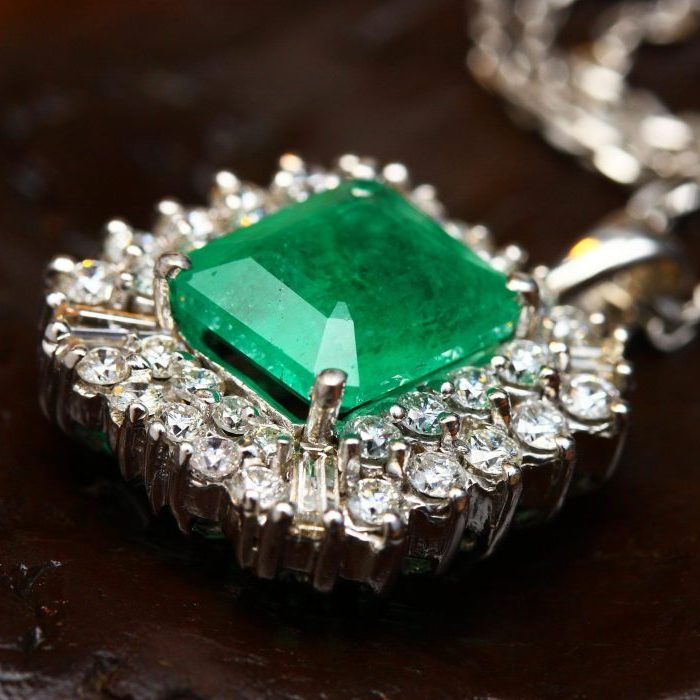Stop wasting time and money on risk-averse partners— here’s how to identify the winners before you sign.
Entering Japan can feel like stepping into a fish tank full of predators. There are sharks circling, gatekeepers blocking access, and only a few true gems who can actually help you grow. Too many foreign companies dive in blindly, sign a distributor, and discover months later that their so-called “partner” is just a middleman with excuses, hidden priorities, and little interest in your success.
1. Access & Transparency
A gem lets you see the water clearly.
- Will they allow direct customer access — joint visits, introductions, co-promotion — or do they keep you stuck behind the curtain?
- Are they willing to share CRM data (real-time or at least monthly), or do they hide behind privacy excuses?
- Do you get pipeline visibility, or only vague quarterly updates that leave you guessing?
If they’re not transparent from day one, you’ll discover later that the “opportunities” they promised don’t actually exist.
2. Strategic Fit
A true partner sees your product as part of their long-term mission.
- Where does your product sit in their portfolio priority list — top 3, or lost among 100 SKUs?
- Does your product align with their strategy, or is it just a short-term revenue patch?
- Are they a market leader, challenger, or invisible player in your segment?
If your product is invisible inside their organization, it won’t matter how good it is.
3. Reputation & Positioning
Your partner’s reputation is your reputation in disguise.
- What do customers, competitors, and other distributors really say about them?
- Are they trusted by KOLs, or just “order takers”?
- Are they innovators, or laggards clinging to old relationships?
Working with a partner who has a poor reputation will cost you credibility — and customers won’t forgive mistakes.
4. Growth Trajectory
You don’t want to hitch your wagon to a sinking ship.
- Is the company growing, flat, or declining?
- Are they betting on your product as a growth engine, or just as a lifeline to slow decline?
- How do they invest in launches — dedicated resources, or by dumping it on an overextended sales force?
If they’re declining, your product may be the last thing on their mind.
5. Behavior in Transitions
How they act when relationships end is telling.
- How have they handled past separations when principals took back products?
- Were they professional, or confrontational and retaliatory?
- Do they have a track record of long-term partnerships, or a revolving door of foreign principals?
A gem manages transitions gracefully — a shark fights dirty.
6. Management Engagement
If the top team isn’t involved, your product isn’t strategic.
- Is senior management actively engaged, or is it left to BD staff after the contract is signed?
- Will leadership show up at customer meetings, or hide behind middle managers?
- Do they see your relationship as strategic, or just another line in their distribution portfolio?
Without engaged leadership, your product will be ignored when priorities collide.
The Bottom Line
Finding a Japanese distributor isn’t just about signing a contract — it’s about finding a partner who opens doors, invests in growth, and shares risk. Most companies settle for sharks or gatekeepers and wonder why their launch fizzles. A true gem will give you access, visibility, and alignment.Before you commit, test them against this checklist. Ask the hard questions, uncover the hidden risks, and don’t be afraid to walk away.
If you need help finding, evaluating, or managing a Japanese distributor in any industry, InvisionJapan.com brings decades of hands-on experience to ensure your partnership delivers results.
